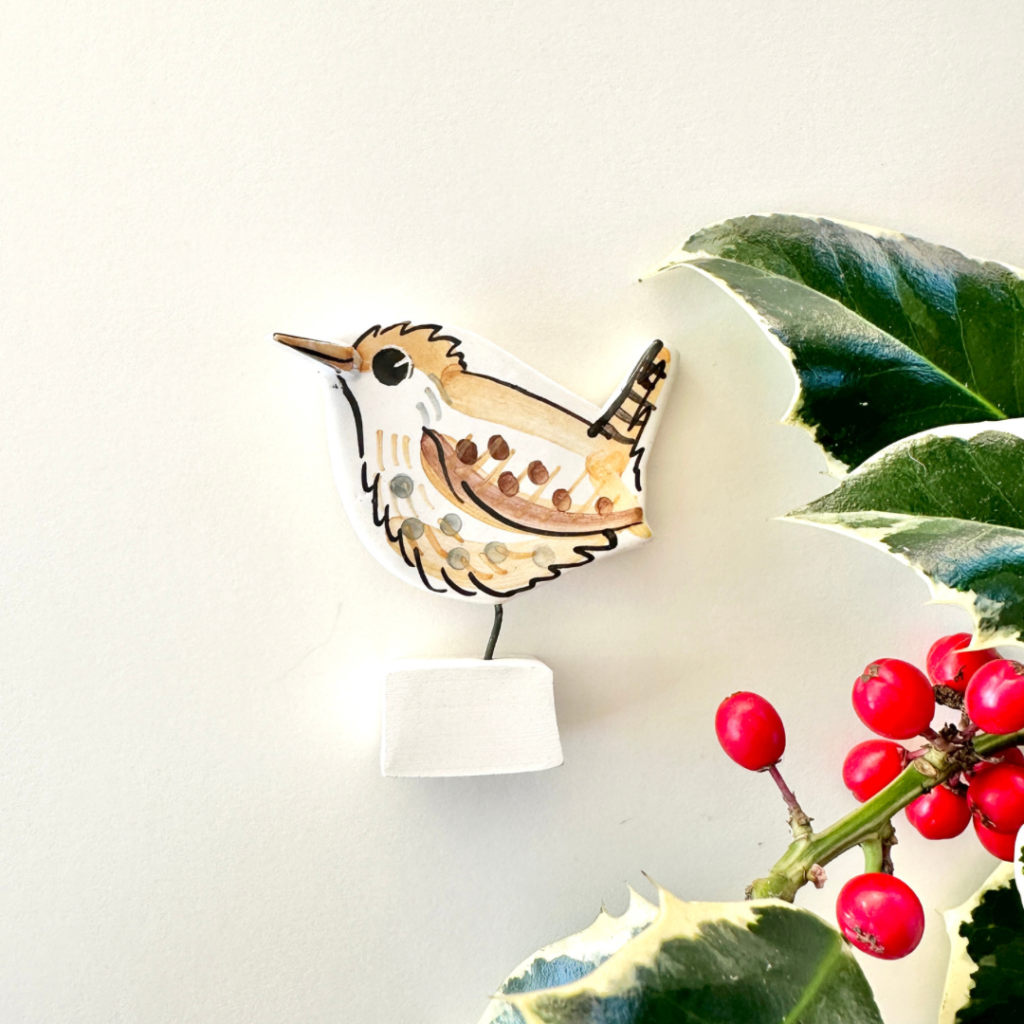Our recent IG Live chat with Anna Hillyard explored a number of ways you can improve your product listings to help your products be found and encourage sales. She gave us 3 tips to improve content – and you can read all about them below!
Why you need to improve your product listings and content right now
In this current Coronavirus pandemic climate, the government has advised businesses to continue selling online where possible and, while many brands have seen sales slow down, people are still buying and there are still sales to be had, so now is a good time to work on your online shop (or start one if you haven’t already!) and put yourself in the best position to get those sales.
We spoke to Anna Hillyard, who provides website management and marketing services to small creative businesses, having previously been an account manager at Not On The High Street and a web content manager and marketer for London’s Science Museum online shop and The Great British Exchange.



3 tips to improve content
Anna’s sharing the top three things you can do to improve your product pages, right now.
1. Product Title
Does your product title tell people what the product is and include keywords to help that page be found?
You want to use words that convey exactly what the product is, but in a natural-sounding way. Try to keep it short at no more that 50 characters long (including spaces and punctuation), so people can understand what the product is at a glance without being overwhelmed by too much text.
Keywords & SEO
“Keywords” are basically the words that you type into a search engine when you’re looking for something – this is known as SEO (search engine optimisation).
To help search engines find and display your product to people, make sure you include any relevant keywords in your product title. There are many websites that will help with suggesting what keywords to use, but for a couple of simple free ones try wordstream.com or keywordtool.io (a lot of info is hidden in the free version but it has some useful features).
Another tip is to see if the website you use gives you any information about the search terms that people have used already to find your product – if your title doesn’t include the number one search term, change your words to include it!
Here’s an example:
– “Chocolate Bar” – while this includes keywords, they’re too generic and won’t help your bars stand out against others
– “Vegan Chocolate Bar” – better as it includes another keyword, but it’s still quite generic (plus how do you tell products apart if you sell other vegan chocolate bars?)
– “Prosecco and Raspberry Vegan Chocolate Bar” – perfect! It gives plenty of info without it being too long and includes all the important keywords.


(L-R) The Quinn Co, Louise Crookenden Johnson
2. Product Description
Does your product description give people more detail about your product, including the things about its design, materials or heritage that make it special?
Consider what the customer would find useful to know and make sure you include key information such as measurements, colour options, materials or design processes (is it screen-printed or digitally-printed, for example?).
You want to answer every question a customer might possibly have, so they can make an easy decision to purchase. If you notice customers getting in touch to ask something particular about a product, make sure you add that
information to the product description!
Consistency is key!
When writing, try to keep your tone of voice consistent with your website and other marketing – is it chatty and light-hearted or more formal and to-the-point?
Keywords
Include keywords that relate to your product, such as ‘vegan’, ‘eco-friendly’, ‘handmade ’. If you use seasonal keywords such as ‘Mother’s Day gift’, make sure you update or remove them once the occasion has passed.
Try to include your main keywords near the beginning of your product description, then scatter other keywords throughout – but avoid shoehorning them in and do make it sound natural.
Think about alternative ways to say the same thing, for example “vegan chocolate bar” or “chocolate bar for vegans”.
Break long text up into smaller paragraphs, so it’s easier to scan. There’s a lot of discussion about the best length for a product description; some say the magic number is around 250 words, but just make sure your description is relevant, informative and includes keywords and that will help.
One key point is that Google likes original written content and penalises duplicated content, so, if you sell a product in different places online, make sure that your product description is different across each of those places. It’s a pain, but Google may show your page lower in search results if you don’t!
3. Product Images
Do your product images represent your brand well and show your products at their best?
No matter the product, good imagery creates an expectation of quality, trust and communicates important product information at a glance.
There are two main types of product photography:
Lifestyle – this shows your product in a beautiful lifestyle setting, with props that relate well to that product
Cut-out (aka white background) – this shows your product against a completely white background, with zero or minimal shadow (also known as “cut-out” shots). This type of photo is most requested by press for their edit features.
It’s good to have a mixture of both types of image if possible. Some online marketplaces will prefer lifestyle images for your main product image, but they are both useful for your marketing too.
It would be amazing to always have a professional photographer on hand, but it’s worth learning how to take a good photo yourself so you can quickly upload a new product without having to wait for a photographer to be available.
There are so many online courses, books and blogs out there giving advice on product photography, even explaining how to build your own lightbox if you need one. A fancy camera would be great but you can take good enough quality photos with a smartphone these days.
Here are a few tips:
• What shape are product images on the website or marketplace?
Are they square or rectangular? Upload your images in the same shape and recommended size or risk them being cropped. Make sure you factor the shape in when taking the photo, so you have enough extra background that you can crop the image without cutting off any of the product.
• Keep your photography style consistent across your product images.
They don’t have to be identical, but should have a similar look, feel and angle that they are photographed from.
• Show the detail.
Highlight the things that make your product stand apart. It’s a good idea to photograph a product from various angles to communicate more information, and if it comes with a gift box, show this too.
• Use props to help customers understand the size of your product and its proportions, in relation to the prop.
• When saving your image files, save the file names as the product title.
This helps search engines easily find them. Use hyphens instead of spaces in the file names.
I hope you’ve found this useful and it gets you off to a good start with your product listings!
Looking for other ideas to improve your content in product listings? Check out this blog from Semrush.
Looking for other small business tips? Check out our other blogs!